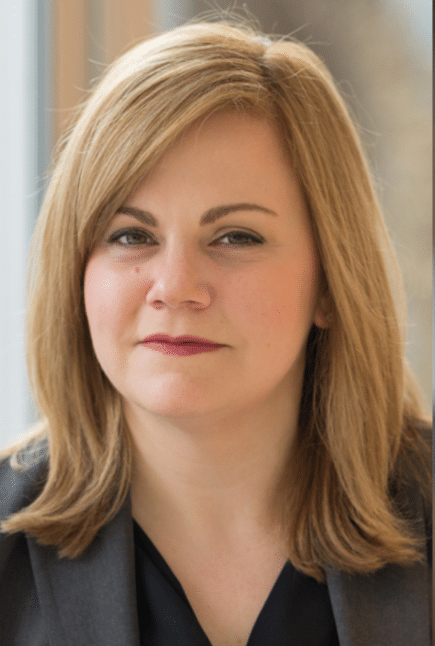
Stephanie Sparvero is Global Head of Bloomberg’s Evaluated Pricing Service – BVAL.

What were the key theme(s) for your business in 2022?
As I look back, 2021 now seems like a brief respite in the markets given the challenges of 2022. The economic conditions and geopolitical realities experienced this year contributed to volatility and as a result, we saw an increased need for high quality data and flexible technology, both for our clients and for our evaluated pricing business, BVAL.
At the same time, changes that have been brewing in the markets for the past few years also took off, specifically with respect to electronification and central bank rates increases. Fixed income markets are in such a different place today than a year ago, but providing high-quality pricing data, remaining the trusted source of pricing information, and further refining our client experience continued to be integral to our success this year.
What surprised you in 2022?
The velocity of the interest rates moves by central banks, which has been twice as fast as the 1988-1989 period—previously the fastest rate of change. There are few people who have seen these conditions before, and today we have a generation of participants who are experiencing what it means to operate in a higher interest rates environment for the first time. Unsurprisingly, data consumption continues to increase as people are turning to data to improve their understanding and execution in these markets.
BVAL’s focus on scalable technology, comprehensive methodologies that capture these moves, and market experts involved in every aspect of our process was rewarded by our clients through continued growth and a sweep of industry awards.
What trends are getting underway that people may not know about but will be important?
As fixed income participants have looked to reduce costs, there’s been a rush to build data consumption capacity and research next generation models. I’ve thought for some time that building a data and technology asset culture would differentiate performance over the long term, and this year will be one step closer to that differentiation becoming a reality. The first movers in cloud and AI will see improved monetization, and the resultant competitive pressure will start to push to the rest of the industry to do the same.
What industry trends have been prominent but are now fading (or will soon fade)?
In 2021, the rise of electronic trading convinced some people we were in a new market structure, one which would supplant the majority of dealer-client relationships. However, due to volatility in many fixed income markets throughout 2022, dealer-client relationships strengthened even as electronic trading grew. So instead of thinking of electronic trading as displacing these relationships, we should think of it as a complement.
Another trend I see dwindling is the belief that a rise in interest rates will cause ETFs to be less attractive than bonds, to the extent that investors are pursuing overall yield and not just ease of entry. However, ETFs are so convenient for managing risk and increasing liquidity that I expect the market will be creative in continuing to find ways to use them.
What are your expectations for 2023?
Acceleration of data consumption with a focus on the three Ps: pre-trade, post-trade, and prediction. Quantitative methods, modeling, and analytics are not a niche part of the market. Everyone to some extent is utilizing these tools, and I’m happy to say that pricing data is essential to all of them, and ultimately, our clients’ success.






